News
Tesla crash leads NTSB to begin probe of autonomous driving technology
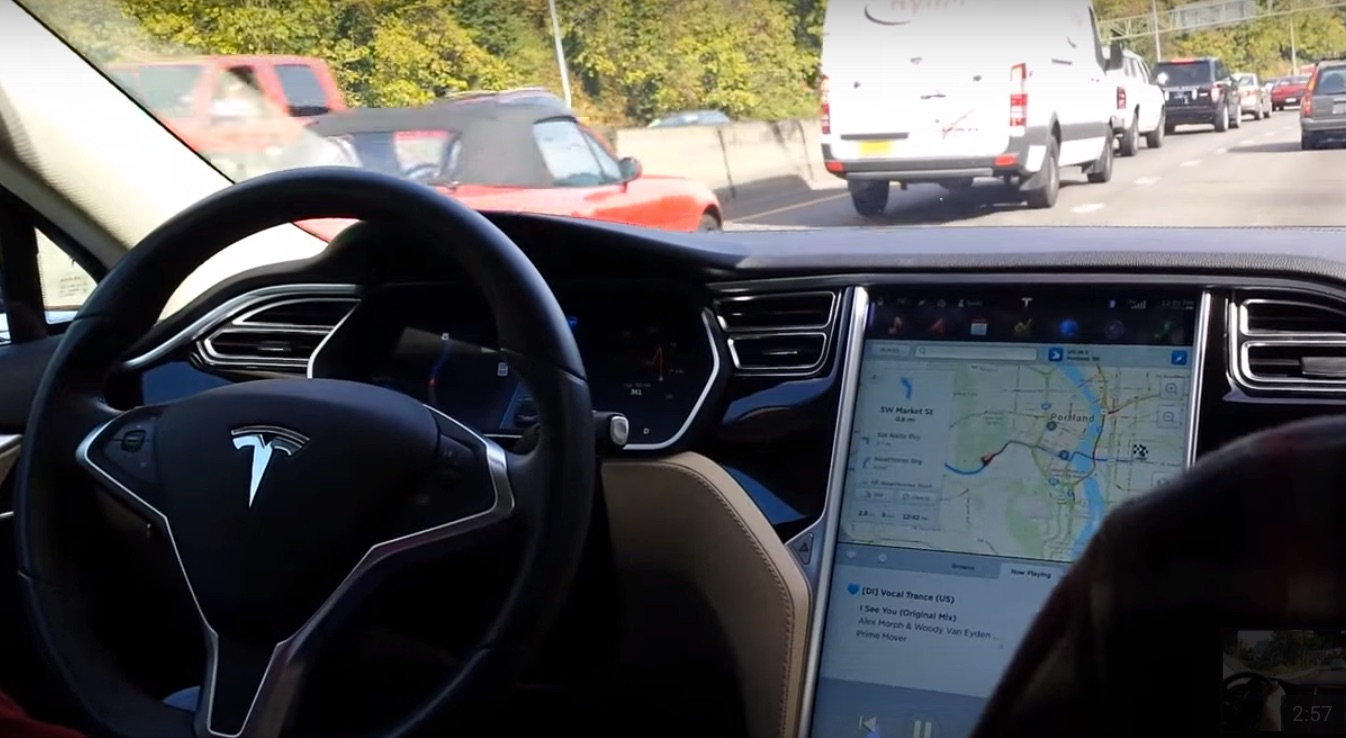
The echoes of the Autopilot crash that killed Joshua Brown on May 7 are still reverberating. Not only is the National Highway Transportation Safety Administration conducting an investigation, now the National Transportation Safety Board (NTSB) is getting into the act. NHTSA chief Mark Rosekind and Transportation Secretary Anthony Fox have expressed approval of autonomous driving technology. With more than 80% of the 34,000 highway deaths in the US every year attributed to human error, they recognize the power of new safety system to reduce the carnage on America’s roadways.
The NTSB on the other hand has warned that such systems can lead to danger because they lull drivers into complacency behind the wheel. Missy Cummings, an engineering professor and human factors expert at Duke University, says humans tend to show “automation bias,” a trust that automated systems can handle all situations when they work 80% of the time.
According to Automotive News, NTSB will send a team of five investigators to Florida to probe the of Joshua Brown after his Tesla Model S while driving on Autopilot crashed into a tractor trailer. “It’s worth taking a look and seeing what we can learn from that event, so that as that automation is more widely introduced we can do it in the safest way possible,” says Christopher O’Neil, who heads the NTSB.
“It’s very significant,” says Clarence Ditlow, executive director of the Center for Auto Safety, an advocacy group in Washington, DC. “The NTSB only investigates crashes with broader implications.” He says the action by the NTSB is significant. “They’re not looking at just this crash. They’re looking at the broader aspects. Are these driverless vehicles safe? Are there enough regulations in place to ensure their safety” Ditlow adds, “And one thing in this crash I’m certain they’re going to look at is using the American public as test drivers for beta systems in vehicles. That is simply unheard of in auto safety,” he said.
That is the crux of the situation. Tesla obviously has the right to conduct a beta test of its Autopilot system if only other Tesla drivers were involved. The question is whether it has the same right to do so on public roads with other drivers who are not part of the beta test and who are unaware than an experiment is taking place around them as they drive?
For its part, Tesla steadfastly maintains that “Autopilot is by far the most advanced driver-assistance system on the road, but it does not turn a Tesla into an autonomous vehicle and does not allow the driver to abdicate responsibility. Since the release of Autopilot, we’ve continuously educated customers on the use of the feature, reminding them that they’re responsible for remaining alert and present when using Autopilot and must be prepared to take control at all times.”
That’s all well and good, but are such pronouncements from the company enough to overcome that “automation bias” Professor Cummings refers to? Clearly, Ditlow thinks not. What the NTSB decides to do, if anything, after it completes its investigation could have a dramatic impact on self driving technology both in the US and around the world. Regulators in other countries will place a lot of weight on what the Board decides.
From Tesla’s perspective, they will want to know if the death of one person is reason enough to delay implementation of technology that could save 100,000 or more lives each year worldwide. The company is racing ahead with improvements to its Autopilot system. Just the other week a Tesla Model S was spotted testing near the company’s Silicon Valley-based headquarters with a LIDAR mounted to its roof.
NTSB has a lot of clout when it comes to promulgating safety regulations. It will be hard pressed to fairly balance all of the competing interests involved in the aftermath of the Joshua Brown fatality.

News
Tesla’s new Model Y gets first software update—Here’s what’s in it
Tesla’s new Model Y started delivering over the past few weeks, and its first software update is now here.
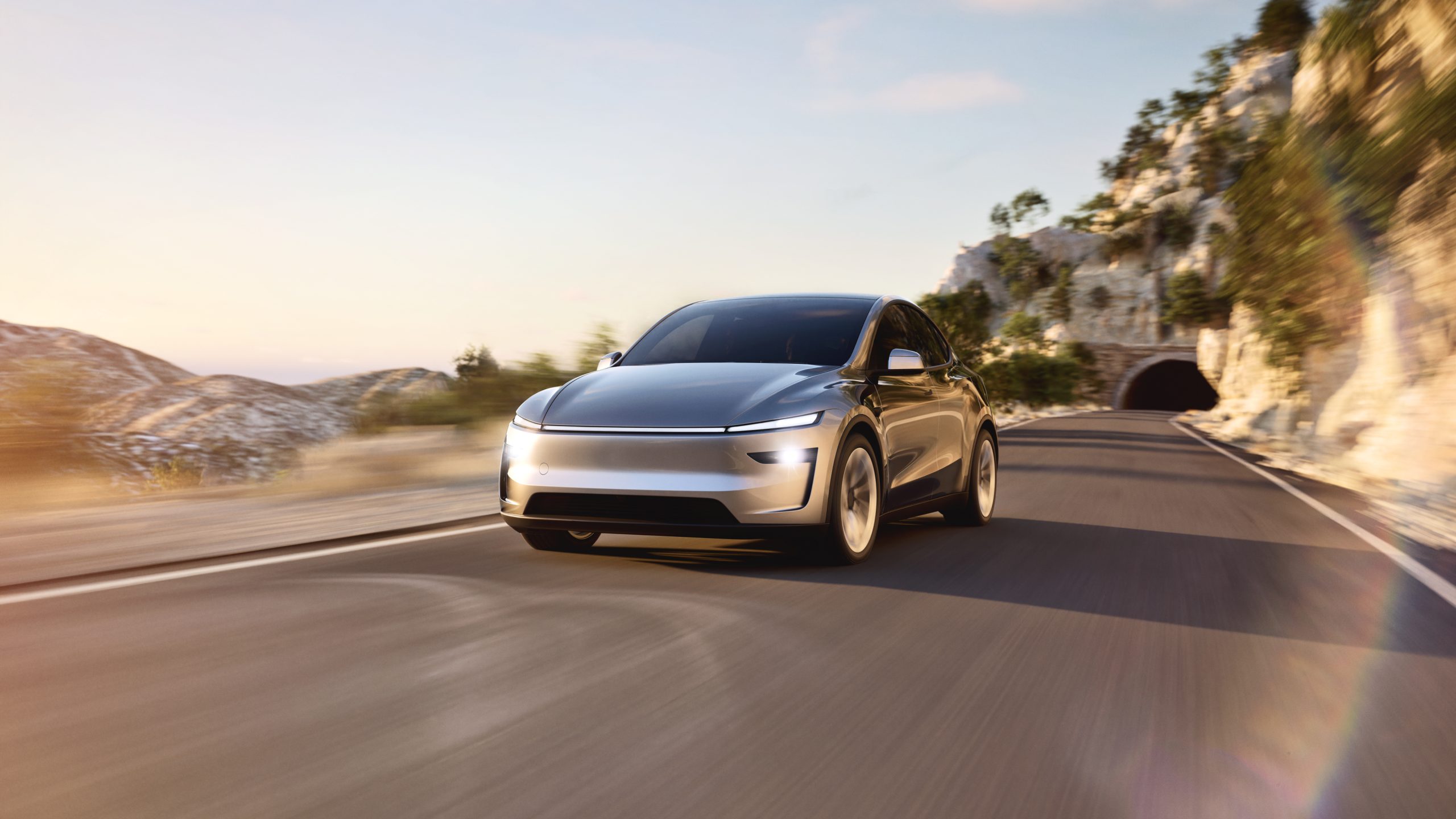
Tesla has officially started deploying its first software update for the recently refreshed Model Y, and it appears to add additional parts of a beta version of the Auto Shift feature, as highlighted by one owner this week.
After Tesla began deploying its software update 2025.8.6 over the past few days, photos from a couple of owners show that the refreshed Model Y has also started receiving the update. One Model Y owner, X user LRESP, posted on Sunday that the update also enables the latest version of Tesla’s beta Auto-Shift feature, as was echoed by another user in the thread.
Although some have pointed out that the new Model Y already had Auto-Shift enabled, the user points out that this update includes the version of the feature that allows three-point turns, though previous versions only allowed it to get out of park.
You can see the message displayed on the Model Y owner’s vehicle below, along with a few other notes about the recent software update.
Tesla’s Auto Shift (Beta) on Model Y
Auto Shift is currently in Beta.
For parking and multipoint turns, Auto Shift (Beta) can assist with shifting out of Park (P) or between Drive (D) and Reverse (R) drive modes based on your surroundings without you using the touchscreen.
Before you press the accelerator pedal, always check that the proposed drive mode matches your expectations and that it is safe to move in that direction.
Auto Shift (Beta) will only shift between Drive (D) or Reverse (R) drive modes in certain circumstances, and when transitioning out of Park (P) – not any other drive mode or situation. You must manually shift using the drive mode strip if the vehicle doesn’t do so.
Before you enable this feature, be sure that you understand how to operate the drive mode strip.
Do you want to enable Auto Shift while it is in Beta?
[No][Yes]
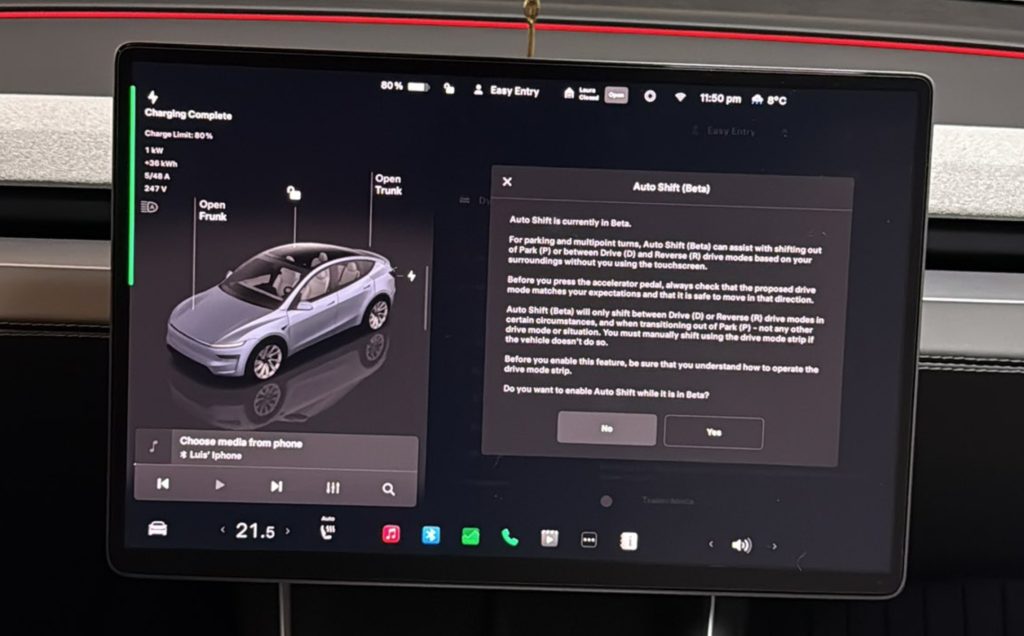
Credit: RE_LuisEV | X
Auto Shift between D & R is arguably one of the most underrated features of Tesla’s vehicles.
It’s something that has to be experienced to be fully appreciated. But once experienced, it’s pretty difficult to go back.pic.twitter.com/m60nDslbhy
— TESLARATI (@Teslarati) March 13, 2025
READ MORE ON TESLA MODEL Y: Tesla redesigned this crucial piece of hardware on the new Model Y
Tesla’s software update 2025.8.6
Along with Auto-Shift, Tesla has also added a number of other features with software update 2025.8.6, as shared a few days ago by Not a Tesla App. The update is also going out to legacy vehicles and Cybertrucks, and while the Auto-Shift beta addition is the only feature exclusively going out to the new Model Y, a handful of minor improvements are going out to most or all of Tesla’s lineup.
These include the ability to view the last 10, 100, or 200 miles of energy usage in the Consumption page, and the ability to clear your energy history. Tesla also notes that the battery’s energy estimates now account for all vehicle usage characteristics, along with being adjusted over time based on your driving history.
The update also lets owners run a Battery Health Test, which measures battery energy retention since the vehicle was new. This option can be found in the Controls, Service, and Battery Health menus.
Select Model Y units with model years between 2022 and 2024 have now been updated to use the cabin radar, a feature which is now being deployed standard with the refreshed version of the SUV.
The update also includes security fixes and other improvements that aren’t specifically documented, which went out to the company’s entire lineup.
These include some improvements to voice guidance and spoken directions, including that they automatically and immediately stop when ending a trip, rather than finishing phrases that have already started being spoken.
Additionally, Tesla improved the rainbow road feature in the update, no longer overlaying the visual overtop of the blue Autopilot visualization as it did in past updates. It also still incorporates certain Autopilot features, such as the display of arrows when the vehicle suddenly slows down.
For the Cybertruck, the update adds steer-by-wire improvements and the ability to adjust air suspension ride height using the Tesla mobile app. Meanwhile, the update also makes it so that Model 3 vehicles automatically transition to Standard Ride & Handling when Autopilot is engaged, though it can be disabled by navigating to Controls, Dynamics, and Use Standard Ride & Handling in Autopilot within the menus.
News
Tesla Giga Berlin hits new milestone by producing 500,000th Model Y
The achievement was announced on social media platform X.
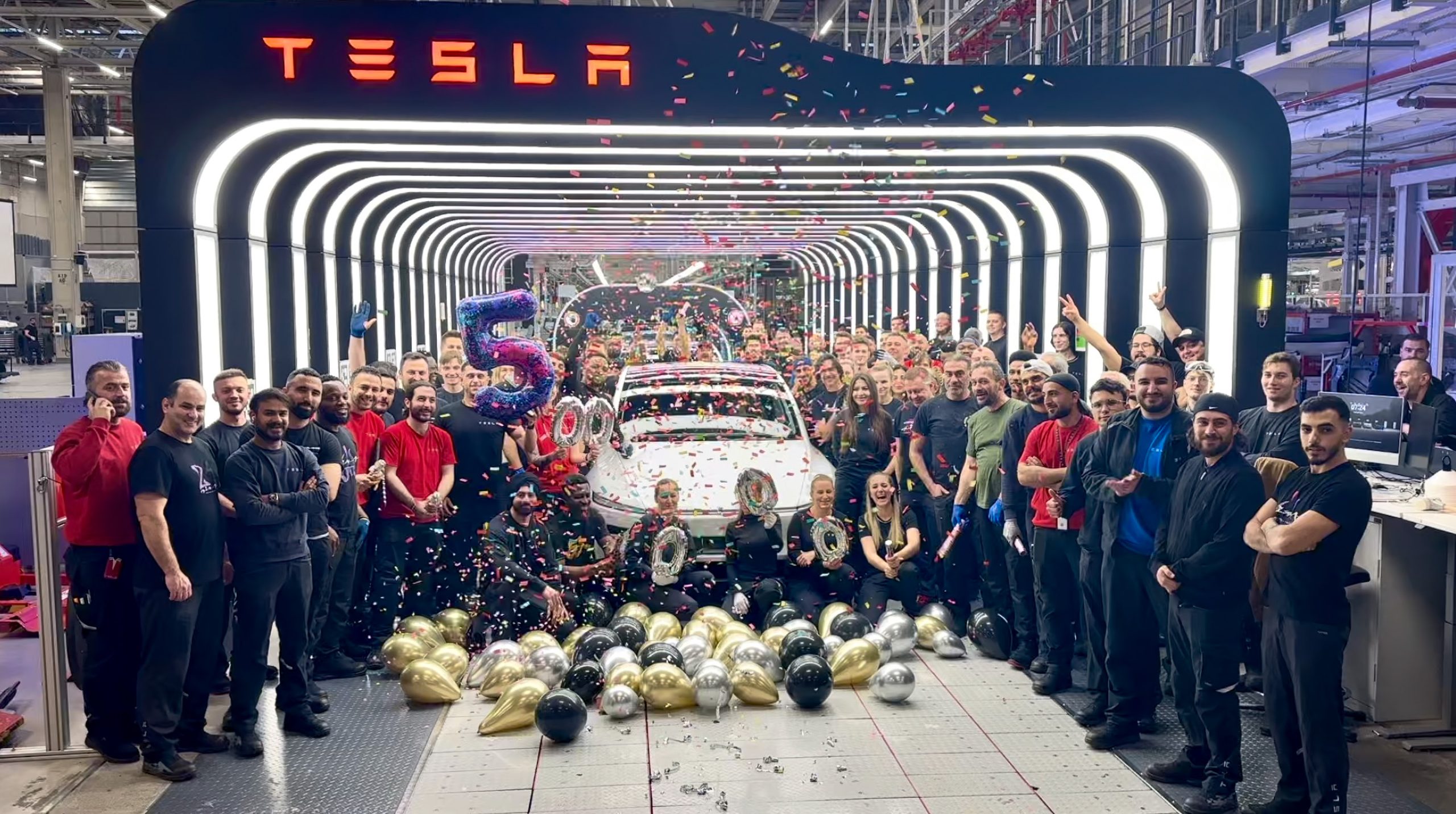
Tesla has produced its 500,000th Model Y at Giga Berlin-Brandenburg.
The achievement was announced on social media platform X through the company’s Tesla Manufacturing account.
A Production Milestone
A photo posted on X featured Tesla Gigafactory Berlin employees posing with a freshly-produced new Model Y. The milestone was celebrated in the facility, as hinted at by numerous balloons and confetti at the end of the all-electric crossover’s production line.
Giga Berlin-Brandenburg was officially opened on March 22, 2022. With this in mind, it would appear that it took the facility just over 1,100 days to produce half a million Model Ys. That’s not as fast as other facilities like Giga Shanghai, but Giga Berlin’s contributions to Tesla’s global output are still notable.
Giga Berlin’s Path and Hurdles
Initially known as Gigafactory 4, Giga Berlin began construction in 2020. The facility’s buildout faced several delays, from the pandemic to environmental and administrative issues. Tesla ultimately held a “Giga Fest” event in October 2021 and formally opened the factory on March 22, 2022 after securing final approval.
Tesla’s Q4 and FY 2024 Update Letter lists Giga Berlin’s annual production capacity at over 375,000 vehicles. It should be noted, however, that Tesla has plans to expand Gigafactory Berlin, allowing the facility to produce more vehicles.
So far, Giga Berlin only produces the new Model Y, Tesla’s best-selling car. The facility supplies the vehicle to several markets, from Germany to several other countries. As per factory manager André Thierig, “We not only manufacture vehicles for the German market, but also for 37 other markets, both within and outside the EU.”
News
Tesla China launches new low-interest promos on Model Y, Model 3
New zero- and low-interest financing terms arrive for both the Tesla Model Y and Model 3.
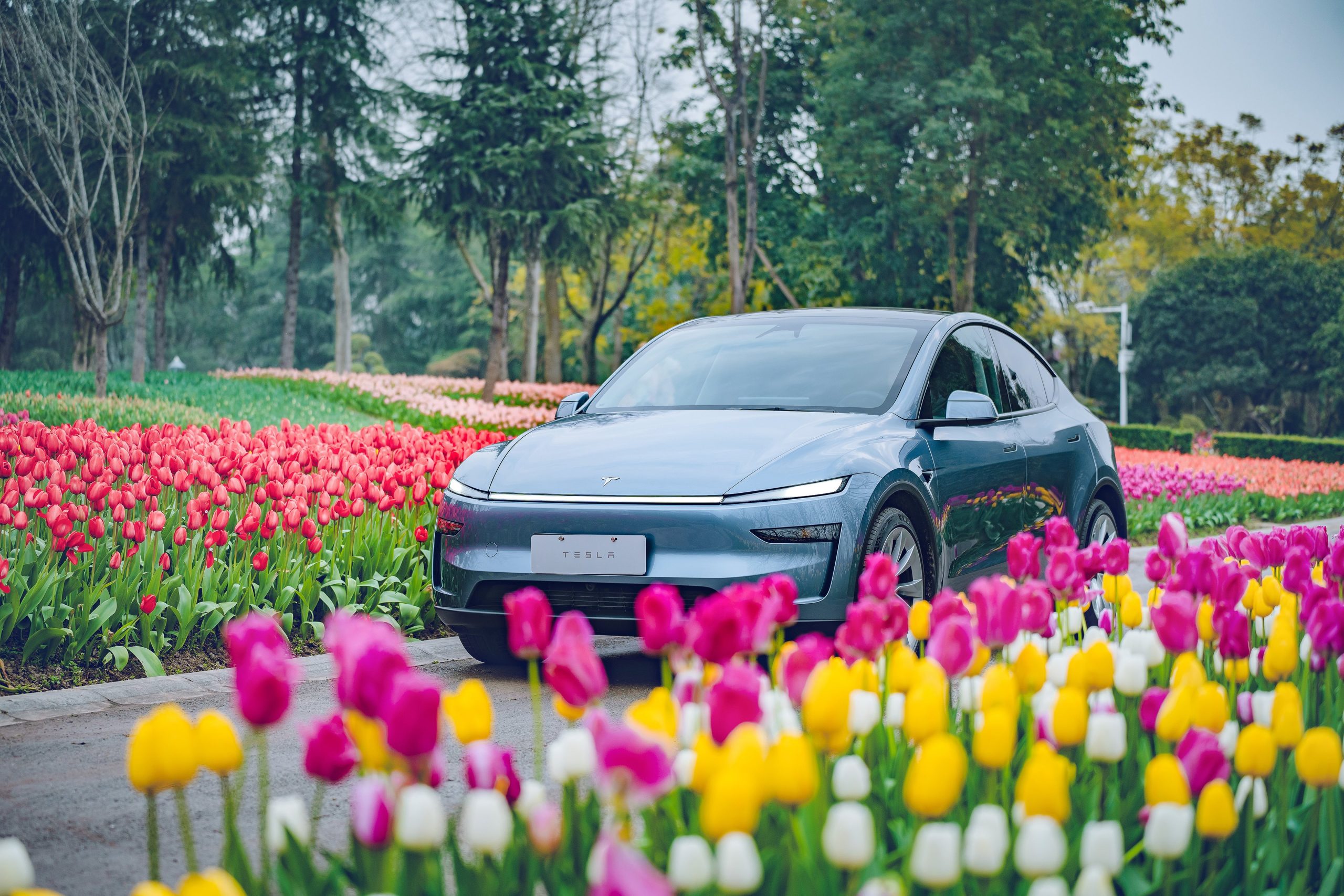
Tesla China has launched new promotions on the recently released Model Y refresh and the Model 3, offering special zero-interest loans for the next few weeks.
On Monday, Tesla began offering zero-interest loans with one- to three-year terms on purchases of the new Model Y, available between April 1 and 30 on the company’s order configurator. In addition, the automaker is offering a one- to five-year interest plan with annual rates as low as 1 percent when buyers make a down payment of at least RMB 45,900 (~$6,325).
Tesla China’s April 2025 Model Y promotions
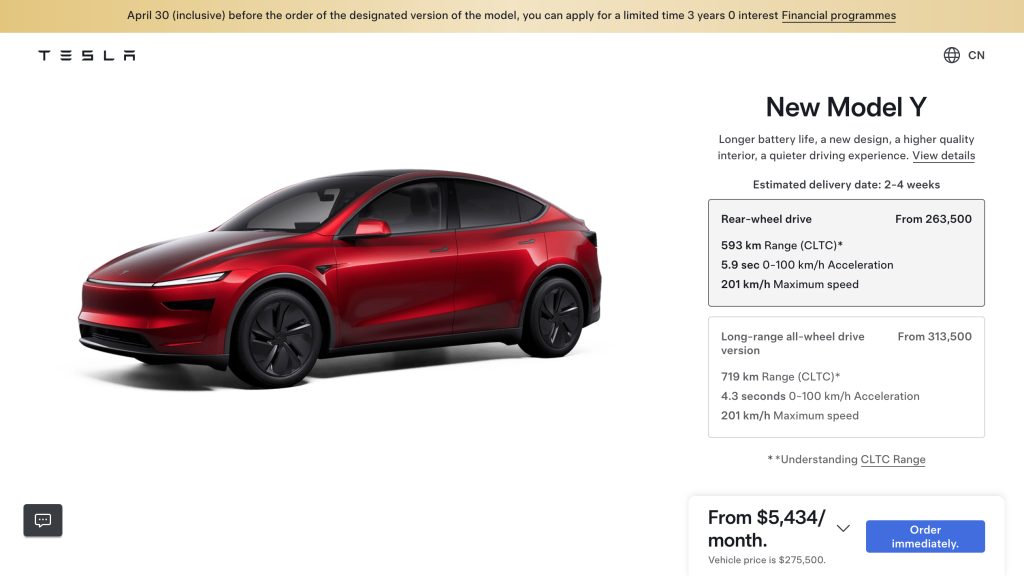
Credit: Tesla China
You can read more details on Tesla China’s zero-interest promotion below, as detailed on the order configurator page and translated into English from Chinese.
Rejuvenated Model Y rear-wheel drive version, long-range all-wheel drive version – limited-time 0-interest/low-interest loan scheme
Customers who purchase the new Model Y rear-wheel-drive version/long-range all-wheel drive version/long range during the event from April 1, 2025 to April 30, 2025, and deliver and pay in the order before the expiration date of the vehicle, customers who meet the application qualification can apply for the following financial preferential schemes:
-
- Starting from RMB 79,900, you can enjoy a 1 to 3 year 0 interest plan
- From the down payment of RMB 45,900, you can enjoy a 1- to 5-year low-interest program with an annual rate of 1.00 percent (from 1.84 percent).
Tesla China’s April 2025 Model 3 promotions
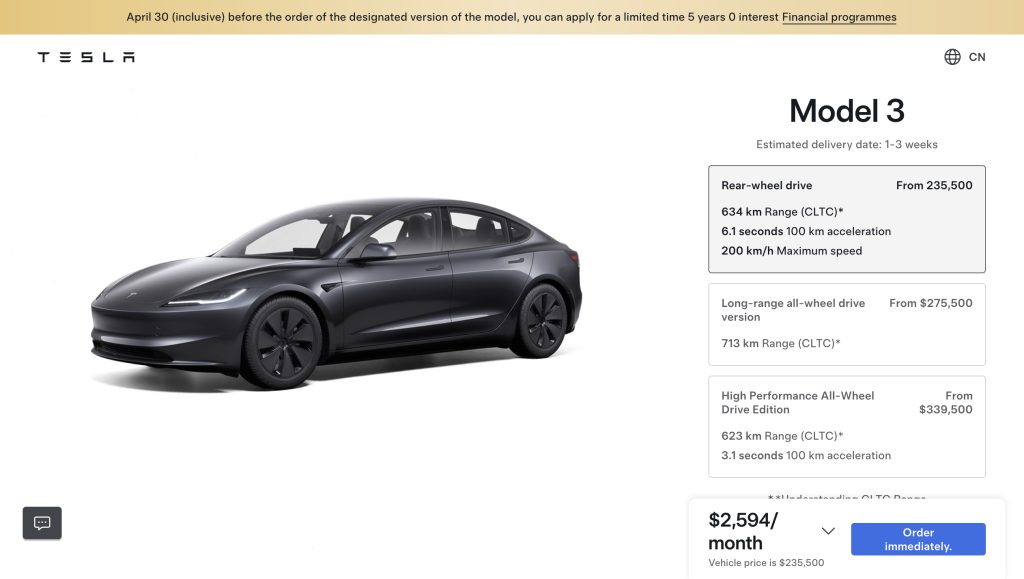
Credit: Tesla China
The company is also offering five-year, zero-interest financing for the Model 3 RWD and AWD Long Range, and you can see the terms for the zero- and low-interest Model 3 promotions and others below:
Model 3 rear-wheel drive version, long-range all-wheel drive version – limited-time 0-interest/low-interest loan solution
Customers who purchase a designated version of the Model 3, long-range all-wheel-drive version, long-range all-wheel-drive version, and delivery and payment terms in the order during the event from April 1, 2025 to April 30, 2025, customers who meet the eligibility requirements can apply for the following financial preferential schemes:
-
- Starting at RMB 79,900, you can enjoy a 1 to 5 year 0 interest plan
- Starting from RMB 45,900, you can enjoy a 1 to 5 year low interest program with an annual rate of 0.5 percent (from 0.92 percent per annum)
Additionally, Model 3 buyers can get discounted rates on home charging equipment, or a six-year Supercharging package offering up to 30,000km (~18,641 miles) of charging for free.
Tesla posts an onboarding tutorial video for its customers in China, starring the new Model Y.
Here comes the new Model Y ramp!pic.twitter.com/Dm8NQsdQGj— TESLARATI (@Teslarati) March 5, 2025
READ MORE ON TESLA CHINA: Tesla China seems to have overtaken Q1 2024’s registrations with new Model Y ramp
Tesla first launched the refreshed Model Y in China in January, debuting the refaced vehicle with a special “Launch Edition” series that came with special badging and an extra two years or 40,000km (~24,855 miles) of warranty time. Deliveries of the Launch Edition Model Y began in China late last month, and Tesla officially transitioned to selling non-Launch models in the first few days of March.
For the Chinese market and several others, Tesla produces the Model Y and Model 3 at a Gigafactory in Shanghai. In recent weeks, reports have suggested that Giga Shanghai may also be looking to produce an even cheaper version of the new Model Y without some of the extra add-ons, perhaps not unlike the cheaper Model 3 that launched in Mexico last August.
-
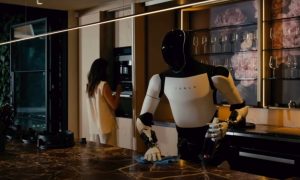
 News2 weeks ago
News2 weeks agoTesla aiming to produce first “legion” of Optimus robots this 2025
-
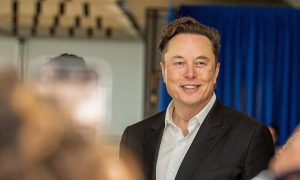
 Elon Musk7 days ago
Elon Musk7 days agoTesla CEO Elon Musk’s simple message to vandals
-
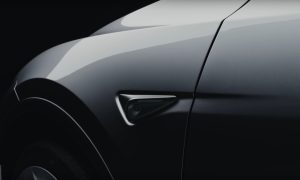
 Elon Musk2 weeks ago
Elon Musk2 weeks agoElon Musk confirms two measures Tesla is taking to fight vandalism
-
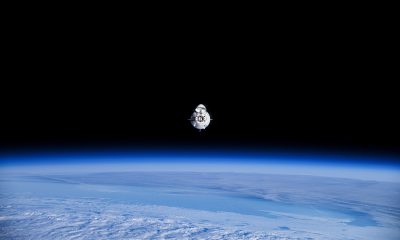
 News2 weeks ago
News2 weeks agoSpaceX rescue mission for stranded ISS astronauts nears end — Here’s when they’ll return home
-
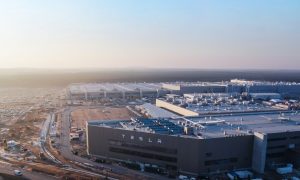
 News1 week ago
News1 week agoTesla’s Giga Berlin director responds to anti-Musk criticism
-
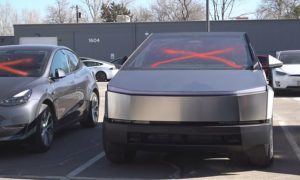
 Elon Musk2 weeks ago
Elon Musk2 weeks agoTesla owners doxxed by controversial anti-DOGE website in clear intimidation tactic
-

 Elon Musk1 week ago
Elon Musk1 week agoElon Musk to file lawsuit against former US Rep Jamaal Bowman: “I’ve had enough”
-
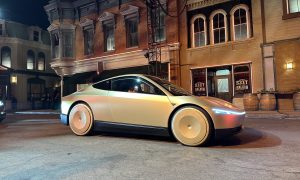
 News2 weeks ago
News2 weeks agoTesla reveals Cybercab battery pack and range efficiency








